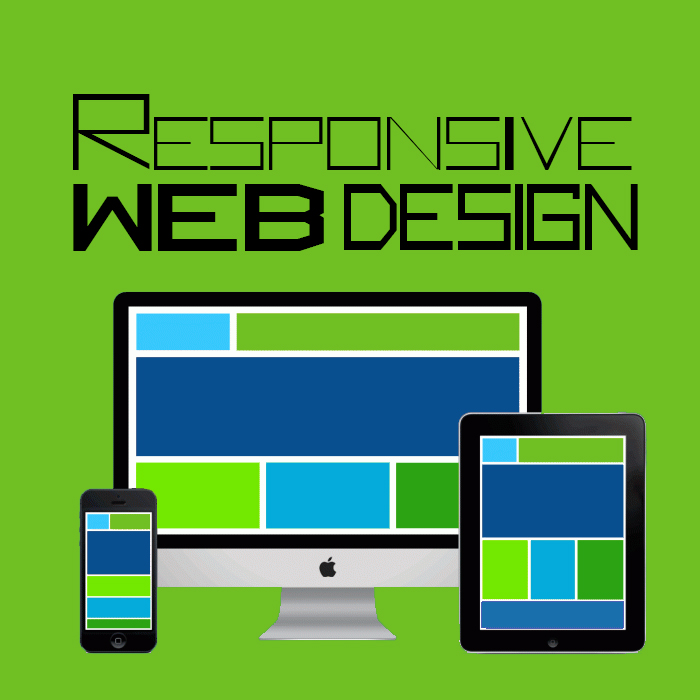5 Awesome Tips to Improve Responsive Web Design
5 Awesome Tips to Improve Responsive Web Design
Mobile
marketing is here to stay, which means so is responsive design. Why?
Site visitors expect a similar user experience every time they log onto
the site, regardless of the platform they use. If they don’t get it, or
the display is otherwise problematic, they are much more likely to leave
without taking any action. So, whether creating a mobile website or
designing mobile web apps, getting the responsive design piece of it
right should be at the top of the list of priorities. To assist in
that endeavor, here are a handful of tips and tricks to keep in mind.
Tips to Improve Your Responsive Web Design
1. Think Mobile First
If the
business website hasn't yet been created, it is a good idea to design it
from a ‘mobile first’ point of view. That way, it will be easier to
identify and arrange the relevant and beneficial content and graphics,
and eliminate the visual clutter that turns off so many consumers.
Often, a
business wants to populate each pixel, believing that every void must be
filled. However, that causes load time delays across the board and
creates a messy aesthetic. When a website is designed from a mobile
first perspective, it can be built up and expanded for bigger devices
while helping filter out unnecessary content.
2. Streamline the Content
Streamlining
the user’s mobile experience vastly improves load times and decreases
bounce rates. When considering what to include on each mobile webpage,
think in terms of simple graphics and with a singular focus for each
page. Include only relevant information, and don’t pollute the page with
ads or other unnecessary content. Consider adding a link to more
information, but the page itself should only display actionable and
single-subject specific content. In short, include only the essentials.
3. Search Option
While there
will be a lot of information that can easily be left off a mobile
website or mobile web app, the search function is not one of them.
Regardless of which platform or device the site visitor is using to
access the site, there should be a non-invasive, but easy to spot,
search option. Mobile users are on the go and if they've reached your
site, but not the correct page, they need a fast way to get the
information they went to your website to find. The search feature is a
simple way to improve the UX and keep them on your site.
4. Image Optimization
Images are
responsible for eating up the majority of the bytes on a webpage. So,
they are key culprits in slow loading times and high bounce rates.
Simplifying a page doesn't mean that it should be boring to the end user
though. On the contrary, the goal here is to enhance the UX, and images
can play a role in that effort. If you are going to include images,
however, compress them to reduce loading times and make sure they are optimized for mobile devices.
5. CTA and Contact Forms
When
developing a responsive site, it is, of course, important to test
readability across all platforms. However, that’s not enough. Areas that
require information or action from the consumer, such as the contact
form or other call-to-action (CTA), will need to be designed a bit
differently for each device.
It is fine
to ask a consumer to complete a form when he’s accessing your site from
his desktop or laptop. However, when it comes to a mobile phone,
consider an abbreviated version that asks only for the information
relevant to the end goal. For example, if the user is signing up for a
newsletter, all that’s really needed is his email address.
In mid-2013, online shoppers who used mobile devices surpassed desktop device users, with the division being 55%
on a mobile device and 45% on a laptop or desktop. When more than half
of all prospective customers are using mobile devices to access retail
websites, effective, responsive web design becomes more important than
ever. Even if a business is not in the retail sector, the increase in
and prevalence of mobile web access should be enough to convince any
business owner that getting responsive design right is critical to the
growth of his business.

Comments
Post a Comment